Basic concept:
- Create small resolution image with random
0 and 255 values.
- Resize the small image with NEAREST interpolation.
Setting the probabilities is not very clear from the question.
I tried creating a look up table that converts from from probability percent to the percentage of white pixels.
I used Cubic spline data interpolation in MATLAB, but the result is not good enough.
I leave you the job of tuning it (you may also find a formula instead).
Here is the list of stages:
Create uniformly random distribution "small image" (size 9x9 for example).
rand_img = np.random.rand(rows, cols)
Draw a random number in range [0, 1], and convert it to percentage (multiply by 100).
The percentage of white pixel is defined by that random number.
p = round(random.random()*100)
Pass p through look up table P and get a threshold.
The look up tables get a probability in percentage, and return the percentage of destination white pixels.
Divide the result by 100 to convert from percentage to range [0, 1].
thresh = P[p] / 100 # Pass through lookup table, and convert to threshold in range [0, 1]
Set all pixel below thresh to True, and above it to False.
Convert True to 255 and False to 0.
samll_img = rand_img < thresh
samll_img = samll_img.astype(np.uint8)*255
Resize the binary image with interpolation=cv2.INTER_NEAREST:
img = cv2.resize(samll_img, (samll_img.shape[1]*18, samll_img.shape[0]*18), interpolation=cv2.INTER_NEAREST)
Complete code sample:
import cv2
import numpy as np
import random
# Assume each square is 18x18, and 9x9 squares and image is 162x162
cols, rows = 9, 9
# Chance for a how many pixels it will generate. e.g. 9 pixels = 6% chance, 18 pixels = 30% chance etc.
# 9 pixels is 9/(18*18) = about 3% of total pixels - change for 0.03 should be 6%
# 18 pixels is 18/(18*18) = about 6% of total pixels - change for 0.06 should be 18%
# List of probabilities (I don't know exactly how to tune it) - used as look up table.
P = [0, 1, 3, 6, 10, 14, 18, 22, 26, 29, 33, 36, 39, 41, 44, 46, 48, 50, 52, 54, 55, 57, 58, 59, 60, 60, 61, 61, 62, 62, 62, 62, 62, 62, 62, 61, 61, 61, 60, 59, 59, 58, 57, 56, 56, 55, 54, 53, 52, 51, 50, 49, 48, 47, 46, 45, 44, 44, 43, 42, 41, 41, 40, 39, 39, 39, 38, 38, 38, 38, 38, 38, 38, 39, 39, 40, 40, 41, 42, 43, 45, 46, 48, 50, 52, 54, 56, 59, 61, 64, 67, 71, 74, 78, 82, 86, 90, 94, 97, 99, 100]
rand_img = np.random.rand(rows, cols) # Uniform random distribution 9x9 pixels.
p = round(random.random()*100) # Get a random number in percentage.
thresh = P[p] / 100 # Pass through lookup table, and convert to threshold in range [0, 1]
# All pixel below thresh are True, and above it are False.
samll_img = rand_img < thresh
samll_img = samll_img.astype(np.uint8)*255 # Convert True to 255 and False to 0
# Resize the image by x18 in each axis
img = cv2.resize(samll_img, (samll_img.shape[1]*18, samll_img.shape[0]*18), interpolation=cv2.INTER_NEAREST)
cv2.imwrite('img.png', img) # Save image for testing
Few output samples:






